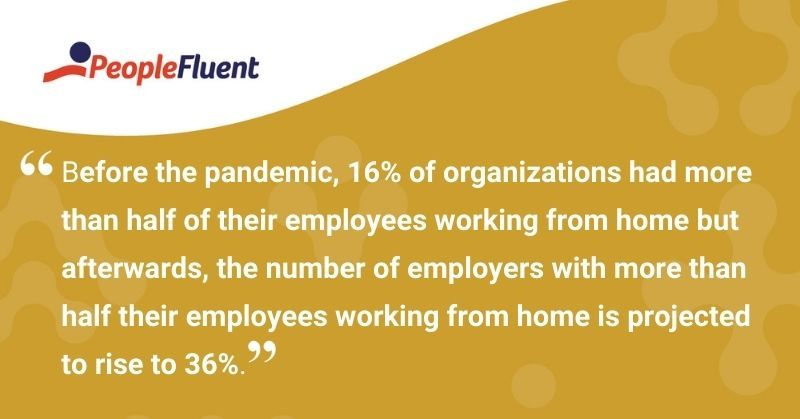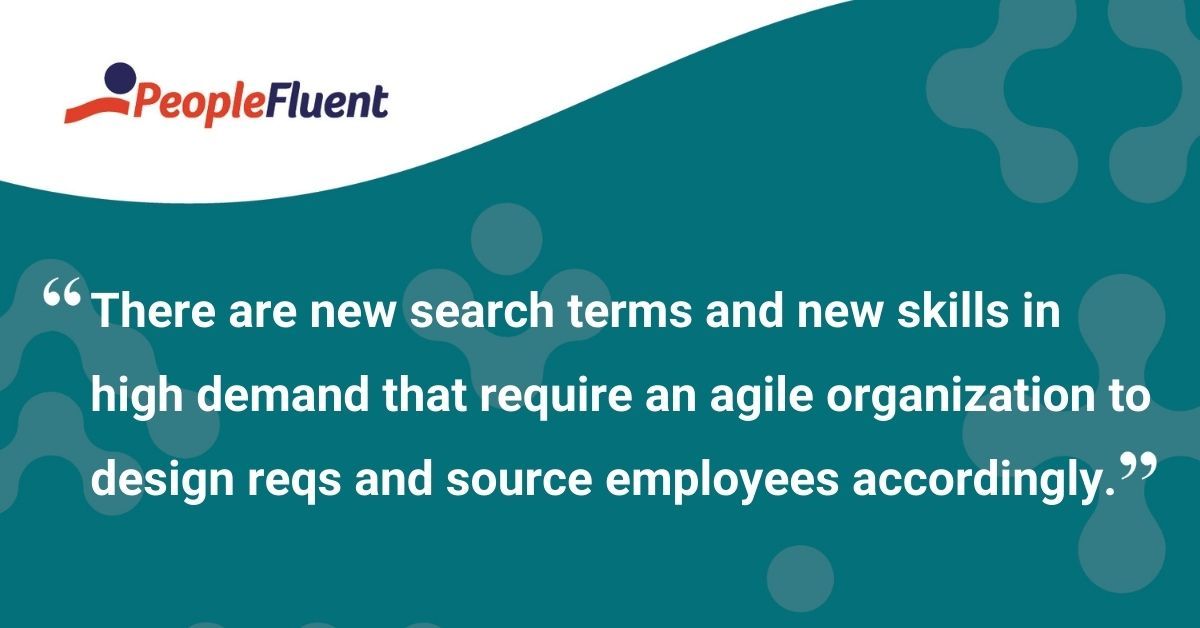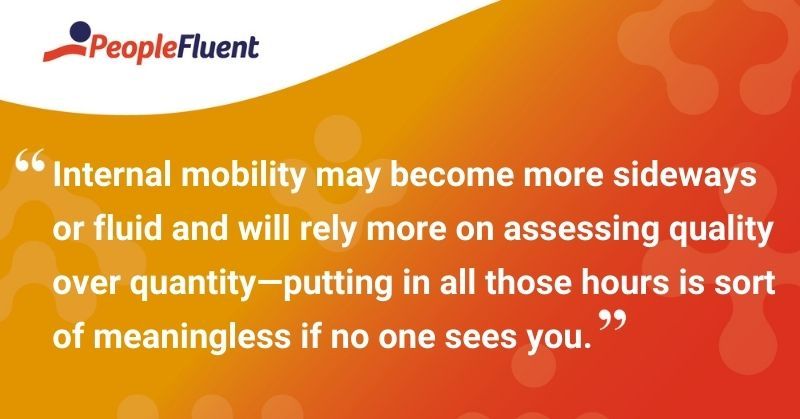Published: Apr 9, 2021Time to read: 5mins Category: Insights
Recruitment After the Pandemic: A Major Opportunity for Improvement
As we edge towards the end of the COVID-19 crisis, Cliff Stevenson, Principal Analyst, Talent Acquisition and Workforce Management for Brandon Hall Group, writes about post-pandemic recruitment. Recruiting, he predicts, won’t involve a whole new set of processes, but successful hiring will require completely different ways for those processes to play out. Read the article for more, including data-driven reasoning.
As we start to see the finish line on the pandemic crisis, we can expect an uptick in hiring. But what will hiring be like after such a long, shared experience? Brandon Hall Research points to recruitment as being just like it used to be, pre-pandemic… but in a completely different way.
Let me explain: first, Brandon Hall Group research has shown that before the pandemic, 16% of organizations had more than half of their employees working from home but afterwards, the number of employers with more than half their employees working from home is projected to rise to 36%.
So one major difference is obvious: there will be more recruitment of remote workers.

YOU MIGHT ALSO LIKE | ‘Increase Hiring Efficiency With These 4 Best Practices’
The Lasting Impact of Remote Working
However, not all differences will be as obvious.
For one thing, think of how many organizations had few to no remote workers before the pandemic. This may have been cultural (some companies want all workers in an office environment), industry-related (manufacturing, for instance), or perhaps they lacked the tools and technology to support remote workers.
Now that the pandemic is nearly over, those organizations may have come to the realization that working from home can be just as effective, and in some cases more effective, than working in an office and may have purchased—or be purchasing—the software to support those workers.
Considering the cost of physical plants, that means that those organization who only used to search locally are now widening their net to the rest of their local nation or even globally.
HANDPICKED JUST FOR YOU | ‘17 Questions to Get the Most out of a Recruiting Software Demo’
New Skills
What about those employees and managers who have worked through the pandemic?
They have a new set of skills that may have been in short supply, such as the ability to:
- troubleshoot home networking issues
- work in remote teams
- manage remote workers, etc.
There are new search terms and new skills in high demand that require an agile organization to design reqs and source employees accordingly.
Of course, just like before the pandemic, simply finding and screening an employee isn’t enough if they have no interest in your offer. Creating an environment of meaningful work in a space where employees feel looked after, and not just in their productivity needs, but also their emotional and external well-being is paramount. Those more supportive environments then need to be positioned and marketed to possible candidates as well.

KEEP READING | ‘5 Candidate Sourcing Strategies to Build Your Talent Pipeline’
What’s Next for Hiring Practices
Throughout the pandemic, people have been through a lot and one of the main reasons they may be looking for a new role is because they weren’t feeling supported by their employer with ways to manage their work and their life. This is especially difficult when only an office door separates you from your family, and sometimes not even that.
The hiring process was already focusing more on video and objective, non-human assistance in AI- and ML-supported assessments and recruiting tools, used for ferreting out bias and helping hiring managers make better, evidence-based decisions.
Now that more candidates have gone through those processes, it’s going to require a couple of things from each side:
- Employers have to be transparent about how they’re using the powerful tools given to them to help make better decisions.
- Candidates have to learn to work within the confines of these new processes and maintain a sense of professionalism in whatever the agreed-upon standard turns out to be.
Ultimately, it’s up to recruiters to set expectations for video interviews, text-based communications, and other forms of new hiring process tools.
Finally, internal mobility may become more sideways or fluid and will rely more on assessing quality over quantity—putting in all those hours is sort of meaningless if no one sees you, so more reliance on project completion or other forms of quantifiable output will determine eligibility for moves.

RELATED READING TO DOWNLOAD TODAY | ‘Lights! Camera! Action! How Video Can Transform Your Recruitment Process’
The Future of Recruitment Is Agile
In other words, post-pandemic recruitment will involve no new processes, but will involve a completely different way of how those processes play out.
Successful organizations will prepare for the future by investing in tools and creating systems that allow for maximum flexibility, regardless of the candidate’s type, location, or any specialized needs.
The key word for the future of post-pandemic recruitment is agility.
It’s about realizing that there will be another major disruption eventually, but also being prepared for multiple avenues and having the right tools and the right mindset for success.
MORE FROM THE BLOG | ‘The Evolution of Recruiting: From the Digital Revolution to a More Human Approach’
Hire the right people for the right job—fast!
Looking for a faster, more efficient way to recruit top talent to your organization? Manage the entire process—from vetting internal and external candidates to onboarding new hires—all from a single source, no matter where your people are: PeopleFluent Recruitment.